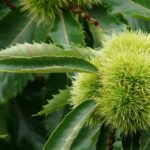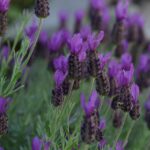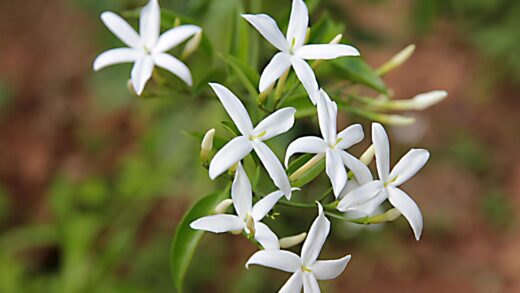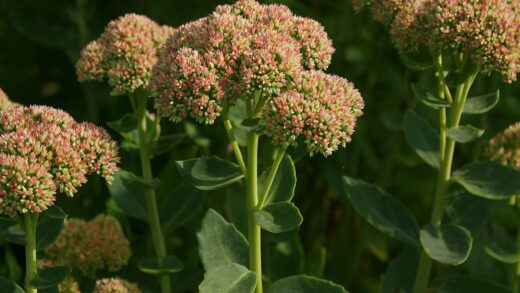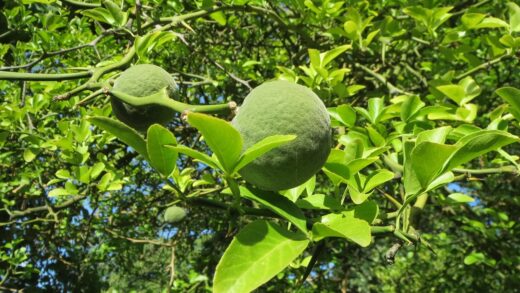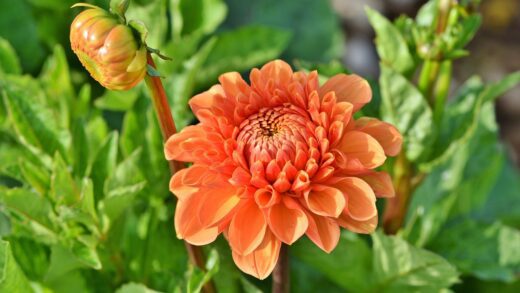Strategic pruning and regular maintenance are essential horticultural practices that transform the cape daisy from a merely attractive plant into a truly spectacular, season-long performer. While it might seem counterintuitive to cut parts off a plant you want to grow, these techniques are fundamental to encouraging a bushy, compact habit, maximizing flower production, and maintaining the overall health and vigor of the plant. Far from being an optional task, proper pruning is an active dialogue with the plant, guiding its growth and directing its energy towards producing the most beautiful display possible. This professional guide will detail the crucial techniques of deadheading, pinching, and cutting back your Osteospermum for optimal results.
The primary motivation behind most pruning activities for the cape daisy is to control its energy distribution. A plant has a finite amount of energy, derived from photosynthesis, which it allocates to various functions: root development, leaf and stem growth, flowering, and seed production. The ultimate biological goal of the plant is to reproduce, which means creating seeds. Once a flower has been pollinated and begins to fade, the plant’s energy is immediately redirected towards developing the seed head. By intervening in this process, the gardener can manipulate where this energy is spent, encouraging the plant to forgo seed production in favor of creating more flowers.
Pruning also plays a critical role in shaping the physical structure of the plant. Left to their own devices, some cape daisy varieties can become “leggy,” meaning they develop long, sparsely-leafed stems with flowers only at the tips. This results in a straggly and less appealing appearance. Strategic cuts encourage the plant to produce new growth from nodes further down the stem, leading to the development of more branches. This creates a much fuller, more compact, and well-rounded plant, which not only looks better but also provides a stronger framework to support a greater number of blooms.
Furthermore, pruning is a vital aspect of plant hygiene and health maintenance. The removal of spent flowers, dead or yellowing leaves, and damaged stems helps to improve air circulation throughout the plant. This increased airflow is crucial for preventing the development and spread of fungal diseases like powdery mildew and botrytis, which thrive in stagnant, humid conditions. By keeping the plant clean and tidy, you create a less hospitable environment for both diseases and pests, contributing to the long-term well-being of your cape daisy.
It is important to approach pruning with the right tools and a degree of confidence. For most tasks on a cape daisy, a sharp pair of bypass pruners or a smaller pair of floral snips is ideal. Using sharp, clean tools ensures that you make clean cuts that heal quickly, rather than crushing or tearing the plant’s stems, which can create entry points for disease. Regularity is also key; pruning is not a one-time event but an ongoing process throughout the growing season. A little attention every few days is far more effective than a major overhaul once a month.
More articles on this topic
The art of deadheading
Deadheading is the single most important pruning task for promoting continuous blooming in cape daisies. This is the practice of removing faded or spent flowers before they have the chance to develop seeds. As soon as a flower begins to lose its petals and color, the plant’s hormonal signals shift, and it begins to invest significant energy into forming a seed head. By removing the fading flower, you interrupt this signal and trick the plant into thinking its reproductive job is not yet done, compelling it to produce more buds in another attempt to create seeds.
The correct technique for deadheading involves more than just pulling off the old petals. For the best results, you should follow the stem of the spent flower down from the flower head. You will typically find a junction where the flower stem meets a larger stem or a set of leaves. Using your sharp pruners or snips, make a clean cut just above this junction. This not only removes the unsightly spent bloom but also encourages the plant to branch out from that point, potentially leading to two new flower stems where there was previously only one.
Making deadheading a regular, habitual part of your gardening routine will yield the best results. It is far more effective to spend a few minutes every two to three days snipping off any fading blooms than it is to wait and do a major cleanup every few weeks. This consistent attention ensures that the plant’s energy is almost continuously directed towards flower production, leading to a much longer and more prolific blooming season. It also keeps the plant looking consistently fresh and attractive, enhancing its overall ornamental value in your garden or containers.
While some modern Osteospermum hybrids are marketed as “self-cleaning,” meaning their spent flowers drop off more neatly, they will still benefit greatly from active deadheading. Even if the petals fall away, the base of the flower remains and will still attempt to form seeds. Therefore, even with these improved varieties, taking the time to snip back the flower stems to a leaf junction will result in a noticeable increase in the number and quality of subsequent blooms. This simple act is one of the highest-return investments of time a gardener can make.
More articles on this topic
Pinching for a bushier plant
Pinching is a specific pruning technique that is performed early in the plant’s life, typically when it is young and has just begun to establish itself. The purpose of pinching is to encourage branching and create a denser, bushier plant structure from the very beginning. This technique is particularly effective for preventing the leggy growth habit that can plague some cape daisy varieties, especially if they are not in absolute full sun. By sacrificing the initial, central flower bud, you are rewarded with a much fuller plant that will ultimately produce far more flowers over the course of the season.
The process of pinching is simple and can often be done with just your thumb and forefinger, hence the name. When a young cape daisy plant is about four to six inches tall and has several sets of true leaves, you locate the main growing tip at the very top of the central stem. You then simply pinch or snip off this tip, removing about the top half-inch to one inch of growth. This action removes the apical meristem, the source of a hormone that suppresses the growth of lateral buds further down the stem.
Once the apical meristem is removed, the plant’s growth hormones are redistributed, activating the dormant lateral buds located at the leaf nodes below the pinch point. As a result, instead of one single stem continuing to grow upwards, two or more new stems will begin to grow out from the sides. Each of these new stems will then be capable of producing its own flowers. This single, early-season pinch can effectively double the number of main flowering stems on the plant, leading to a significantly more floriferous and structurally sound specimen.
While pinching does slightly delay the appearance of the very first flower, the long-term benefits far outweigh this minor setback. The resulting plant will be more compact, sturdier, and less likely to flop over. The increase in the number of branches creates a much fuller-looking plant and dramatically increases the total number of blooms it can produce simultaneously. For the best results, you can even perform a second pinching on the new side shoots once they have grown a few inches long, further compounding the branching effect for an exceptionally dense and productive plant.
Rejuvenating mid-season pruning
There may come a point, often during the peak heat of midsummer, when your cape daisy plants start to look tired, leggy, and less productive, even with regular deadheading. This is a common occurrence as the plants can become stressed by high temperatures or may simply have put on a huge amount of early-season growth that has now become sparse. In this situation, a more drastic rejuvenating prune, often called “cutting back” or a “hard prune,” can be highly effective at revitalizing the plant for a strong second flush of blooms in the autumn.
This process involves cutting back the entire plant significantly. Using clean, sharp pruners, you should cut back all the stems by approximately one-third to one-half of their total length. While this may feel severe, and will temporarily leave the plant looking bare, it is a proven technique for stimulating a fresh wave of vigorous, new growth from the base and lower stems of the plant. It effectively resets the plant, removing all the tired, leggy stems and encouraging it to produce a compact, fresh framework.
The best time to perform this type of hard prune is typically after the first main flush of spring and early summer flowers has finished and before the anticipated cooler weather of late summer arrives. Following the prune, it is a good idea to provide the plant with a dose of a balanced, water-soluble fertilizer and ensure it is watered well. This will provide the necessary nutrients and hydration to fuel the rapid development of new shoots and leaves.
Within a few weeks of being cut back, you will see a multitude of new growth points emerging all over the plant. This new growth will be much more compact and vigorous than the old, tired stems that were removed. As these new stems mature, they will begin to produce flower buds, leading to a spectacular second wave of flowering that can often last right up until the first frost of autumn. This mid-season rejuvenation is an excellent way to keep your cape daisies looking their best for the entire growing season.







